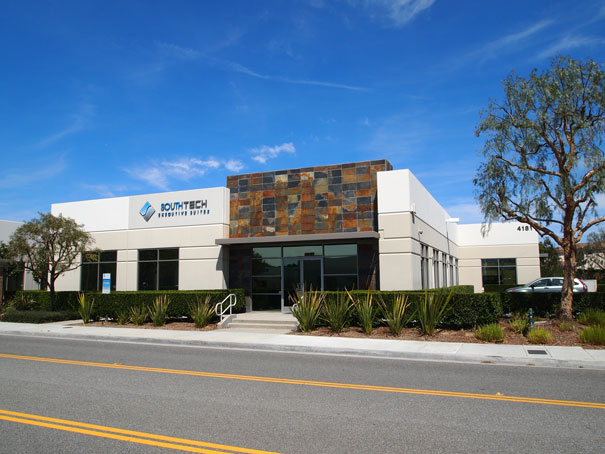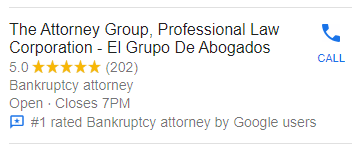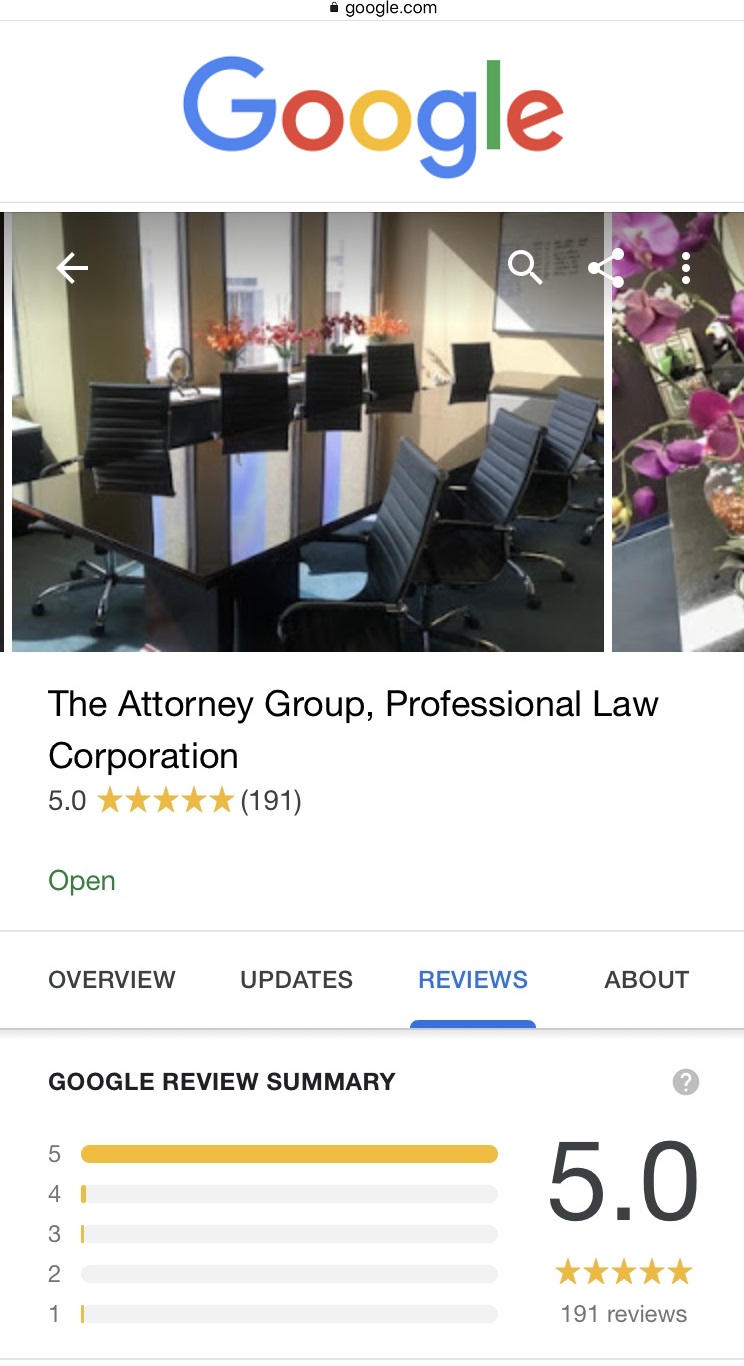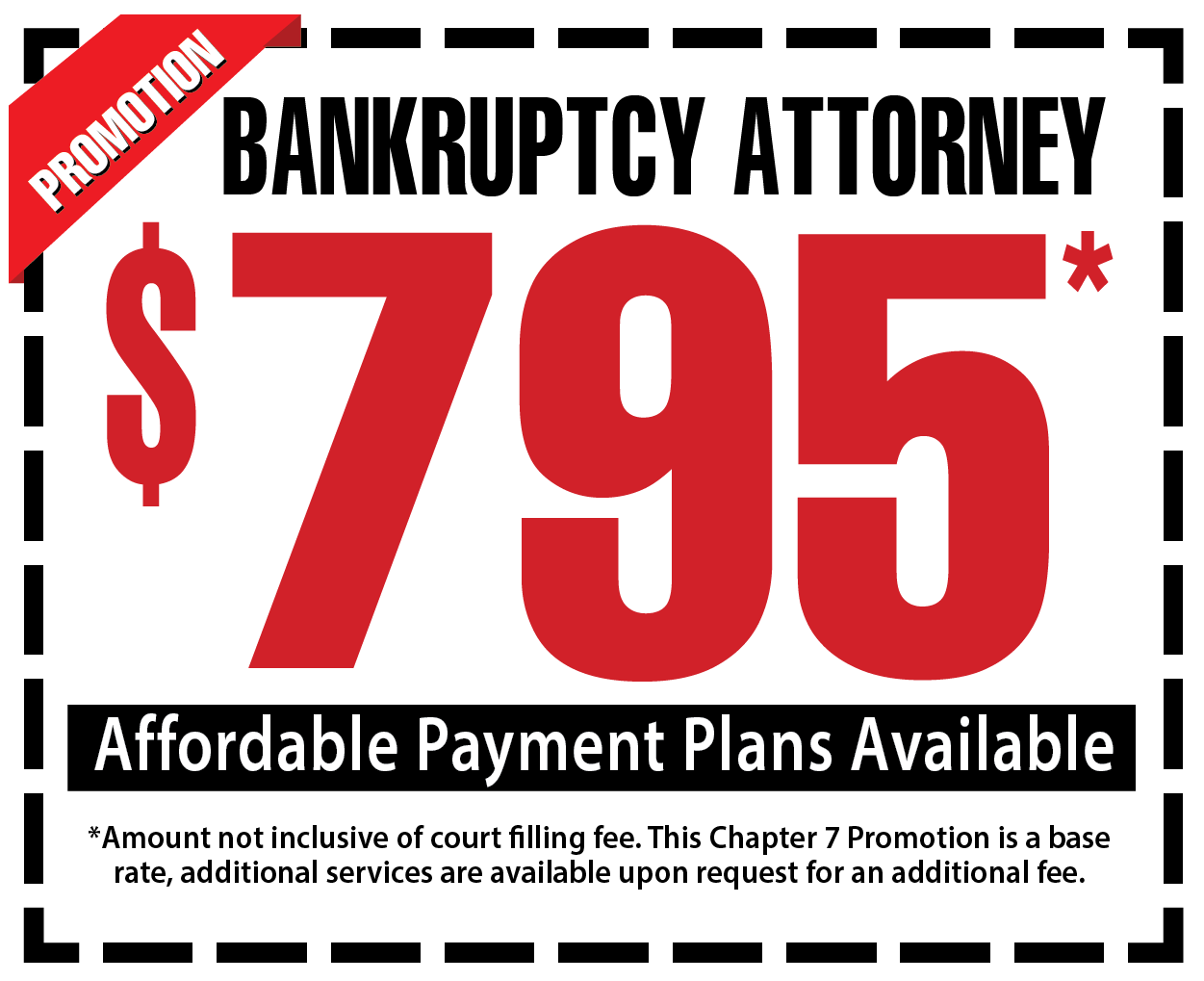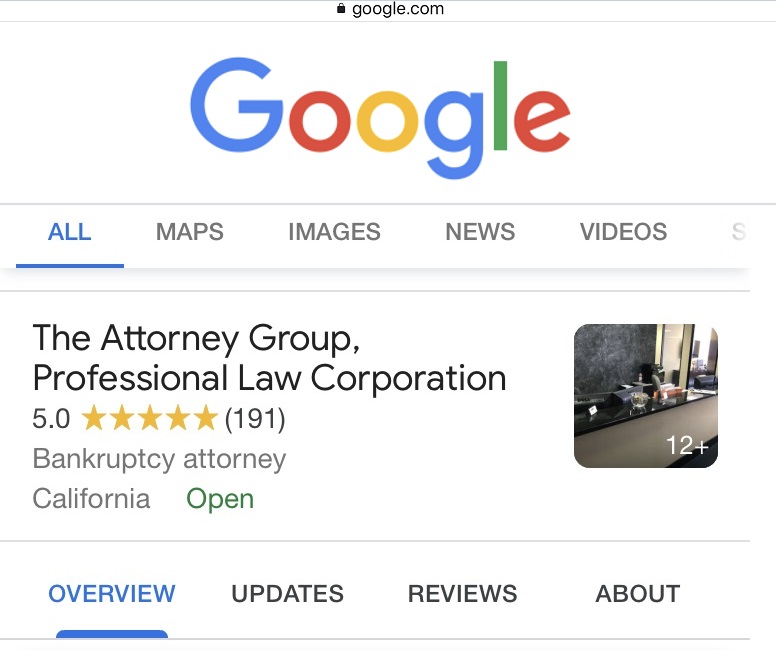|
El Cajon Bankruptcy Attorney - Expert Personal and Corporate Bankruptcy Lawyers serving El Cajon, California. If you are struggling financially and looking to speak with a El Cajon bankruptcy attorney, you've come to the right place. We will stop lawsuits, stop garnishments, stop, bank account levies, stop judgments and stop foreclosures. We have 36 locations to meet you in California.
Need immediate assistance? Contact us now!
Toll Free 1(888) 754-9877 Available 7 Days a Week 7am to 9pm 36 LOCATIONS IN CALIFORNIA 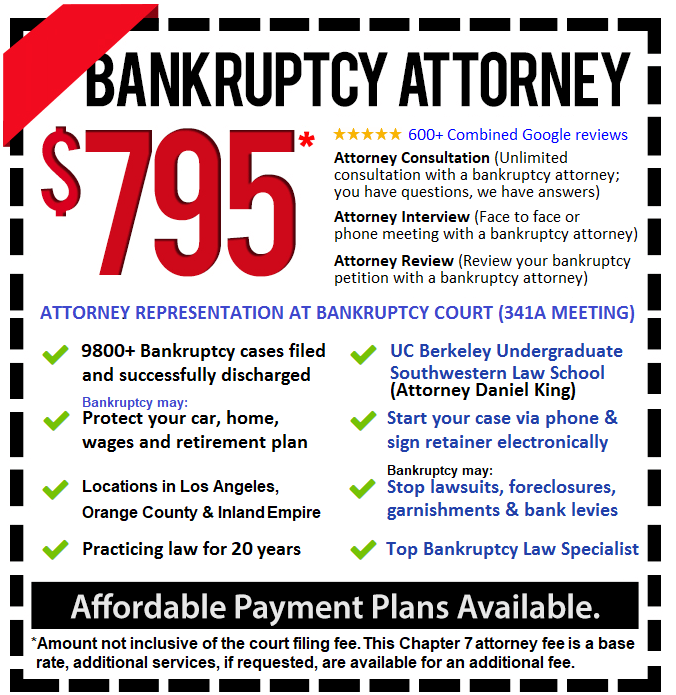
A bankruptcy is an opportunity to be relieved of constant harassing phone calls from creditors and collection agencies. Consulting with a bankruptcy attorney to see if a bankruptcy might be your best option, to determine if you qualify for relief and which chapter is appropriate based on your particular circumstances is essential. There are many misconceptions regarding bankruptcy. As a consumer or small business owner, you have the option of Chapter 7 liquidation or Chapter 13 reorganization. Chapter 7 Liquidation Chapter 7 can be utilized by individuals, married couples, businesses and corporations. In most consumer and small business cases, however, you are able to retain most if not all of your personal assets. Also, filing automatically stays or stops all collection activities. You have to qualify for a Chapter 7 proceeding. Your monthly income must be lower than the median income for your state. In California, the median income for a single individual is $47,798 and for two, $62,009. Otherwise, your disposable income must be low enough to qualify. This is determined by deducting your monthly expenses from your average monthly income over the past 6 months. If it is too high, you may still consider a Chapter 13 petition. In any bankruptcy, you must list all your creditors. You must also have not transferred any substantial property within 90 days of filing or within one year if such transfer was made to a relative or business partner or the court can void it. A list of your monthly expenses and assets is also required. You are entitled to certain exemptions regarding your personal assets so that the trustee will not seize them for the benefit of your creditors. For example, you can exempt a motor vehicle, much if not all of your home equity, retirement accounts, bank accounts, furniture, tools of your trade and other items. Consult with our expert bankruptcy lawyer about what exemptions are available to you. You must also take an approved credit counseling class before filing and a personal financial management class before your discharge. Most discharges occur about 4 months after you file. Your unsecured creditors, such as credit cards and medical expenses, are dischargeable. Chapter 13 Reorganization If your disposable income is too high, or if you wish to continue operating your small business, or you face foreclosure of your home, then a Chapter 13 is an option. You must have a steady income, though, to some degree, are paid within either a 3 or 5 year plan. The length of your repayment plan depends on your income. If it exceeds the state’s median, your plan will likely be 5 years. A chapter 13 can save your home from foreclosure provided you can make your regular monthly mortgage payments while repaying your arrearages over the life of the plan. Any second mortgage would be discharged at the termination of the plan if all is otherwise successful. Further, you can have past due taxes, student loans and child support payments paid off within the plan as well. Bankruptcy protection might be the relief you are seeking. Consult with an experienced bankruptcy attorney about your particular circumstances and to see if filing for bankruptcy is the right decision for you. |
Keep Your CAR
Keep Your HOUSE
Keep Your DIGNITY
Keep Your RETIREMENT
Keep Your 401K
Keep Your PENSION
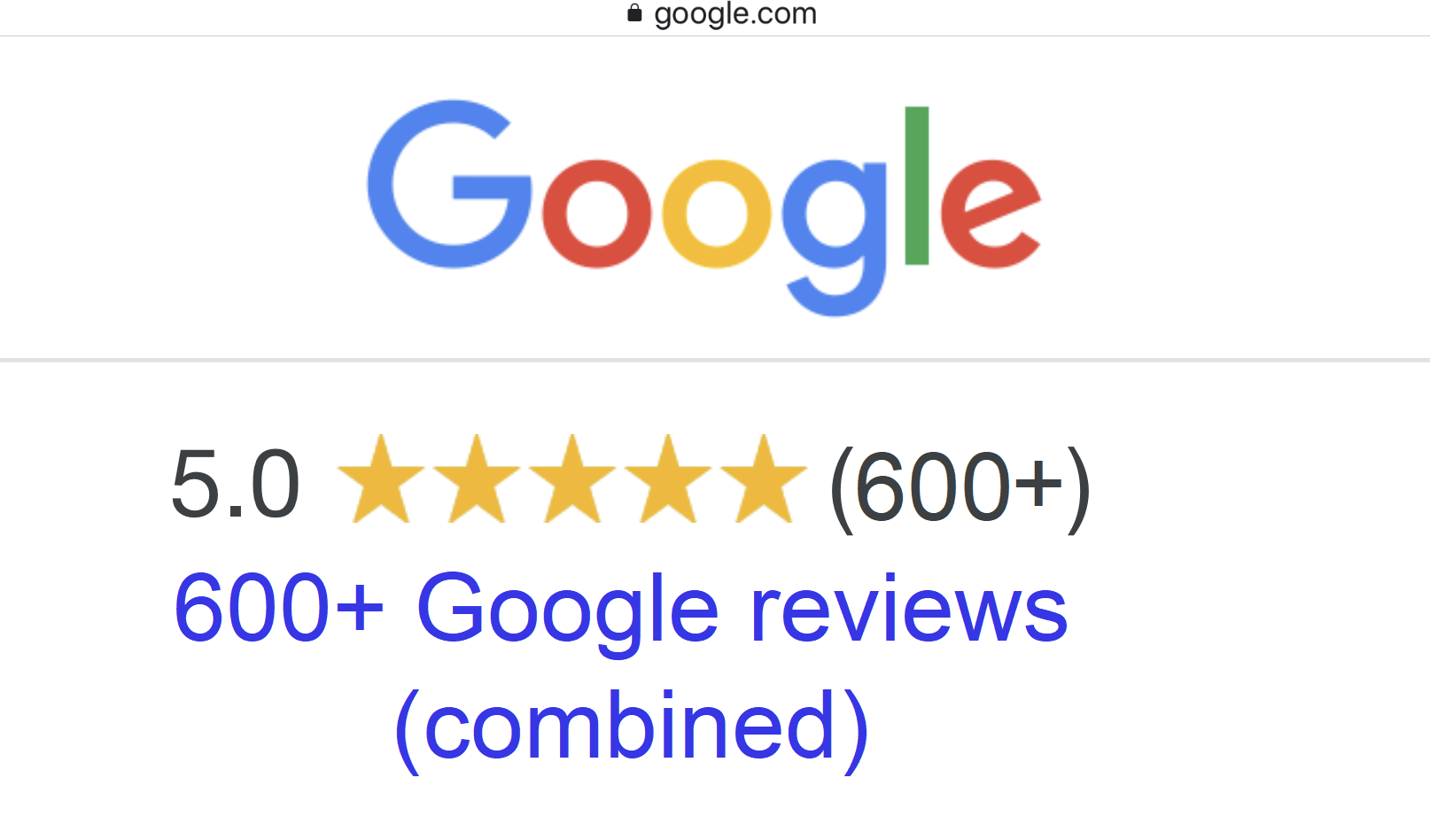
20
Years Experience
9,800+
Happy Clients
Daniel J King, Esq.
Managing Attorney / Owner
Many Locations
LA, OC, Inland Empire
AFFORDABLE
EASY Payment Plans
Phone Meetings
Start your case by phone Attorney meetings by phone
Phone or Zoom
Go to court by phone or zoom
$100+ Million
Discharged
Bankruptcy May Help You:
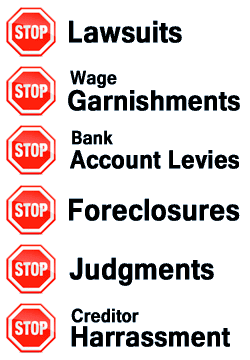
Free Consultation$100,000,000+ $100 Million Discharged
Bankruptcy May Help You:
Keep Your CAR
Keep Your HOUSE
Keep Your DIGNITY
Keep Your RETIREMENT
Keep Your 401K
Keep Your PENSION
|
|

Free Consultation
100% Free Consultation
(Today)

Process Petition
Become a client
Run Credit Report
Process Petition
Review/Amend Petition

Attorney Meeting
Review Petition
Confirm Petition
Prepare for BK Court

Freedom
341a Meeting of Creditors
(Bankruptcy Court)
with Bankruptcy Attorney
Attorney Daniel J King
Education: UC Berkeley UndergraduateSouthwestern University School of Law
$100,000,000+
$100 Million Discharged
| 20 | 9,800+ |
| Years Experience | Happy Clients |
About El Cajon
El Cajon is a city in San Diego County, California. The population was 99,478 at the 2010 census and grew to 100,116 in 2011. Nestled in a valley surrounded by mountains, the city has acquired the nickname of "The Big Box". Its name originated similarly, from the Spanish phrase "el cajón", which means "the big box" or "the drawer".
El Cajón, the Spanish word for "box", was first recorded on September 10, 1821, as an alternative name for sitio rancho Santa Mónica, describing the "boxed in" nature of the valley in which it sat. The name appeared on maps in 1873 and 1875 as shortened to just "Cajon" until the modern town developed where the post office was named "Elcajon." In 1905, the name was once again expanded to "El Cajon" when California banker and historian, Zoeth Skinner Eldredge, insisted that the words be separated.
During Spanish rule (1769-1821), the government encouraged settlement of territory now known as California by the establishment of large land grants called ranchos, from which the English word ranch is derived. Land grants were made to the Roman Catholic Church which set up numerous missions throughout the region. In the early nineteenth century, mission padres' search for pasture land led them to the El Cajon Valley. Surrounding foothills served as a barrier to straying cattle and a watershed to gather the sparse rainfall. For years, the pasture lands of El Cajon supported the cattle herds of the mission and its native Indian converts.
It was not until the Mexican era (1821–1846) that titles to plots of land were granted to individuals. The original intent of the 1834 secularization legislation was to have church property divided among the former mission Indians. However, most of the grants were actually made to rich 'Californios' of Spanish background who had long been casting envious eyes on the vast holdings of the Roman Catholic Missions. In 1845 California Governor Pio Pico confiscated the lands of Mission San Diego de Alcala. He granted eleven square leagues (about 48,800-acres, 197km2) of the El Cajon Valley to Dona Maria Antonio Estudillo, daughter of José Antonio Estudillo, alcalde of San Diego, to repay a $500 government obligation. The grant was originally called Rancho Santa Monica and encompassed present day El Cajon, Bostonia, Santee, Lakeside, Flinn Springs, and the eastern part of La Mesa. It also contained the 28-acre (0.11 km2) Rancho Cañada de los Coches grant. Maria Estudillo was the wife of Don Miguel Pedrorena (1808–1850), a native of Madrid, Spain, who had come to California from Peru in 1838 to operate a trading business.
With the cession of California to the United States following the Mexican-American War, the 1848 Treaty of Guadalupe Hidalgo provided that the land grants would be honored. As required by the Land Act of 1851, a claim for Rancho El Cajon was filed by Thomas W. Sutherland, guardian of Pedrorena's heirs (his son, Miguel, and his three daughters, Victoria, Ysabel and Elenain) with the Public Land Commission in 1852, confirmed by the U.S. Supreme Court, and the grant was patented in 1876. In 1868, Los Angeles land developer Isaac Lankershim bought the bulk of the Pedrorena's Rancho El Cajon holdings, employing Major Levi Chase, a former Union Army officer, as his agent. Chase received from Lankershim 7,624 acres (30.9 km2) known as the Chase Ranch. Lankershim hired Amaziah Lord Knox (1833-1918), a New Englander whom he had met in San Francisco, to manage Rancho El Cajon. In 1876, Knox established a hotel there to serve the growing number of people traveling between San Diego and Julian, where gold had been discovered in 1869. Room and board for a guest and horse cost $1 a night. The area became known as Knox's Corners and was later renamed. By 1878there were 25 families living in the valley and a portion of the hotel lobby became the valley post office with Knox as the first postmaster.
El Cajon was incorporated as a city in 1912. A portion of the western boundary of the city follows the eastern boundary of a similar land grant, made under Spanish law (prior to Mexican independence) to the Mission San Diego de Alcala.
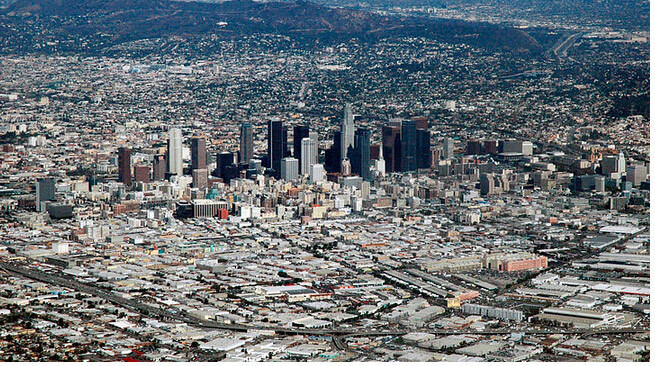
Need Help? Call: 1-888-754-9877
The information on this website is for general information purposes only. Nothing on this site should be taken as legal advice for any individual case or situation. This information on this website is not intended to create, and receipt or viewing of this information does not constitute, an attorney-client relationship.
LOCATION DISCLAIMER: The Attorney Group has a main office in Anaheim Hills, California. All other addresses are local offices available on an advanced appointment basis for meetings and depositions.
